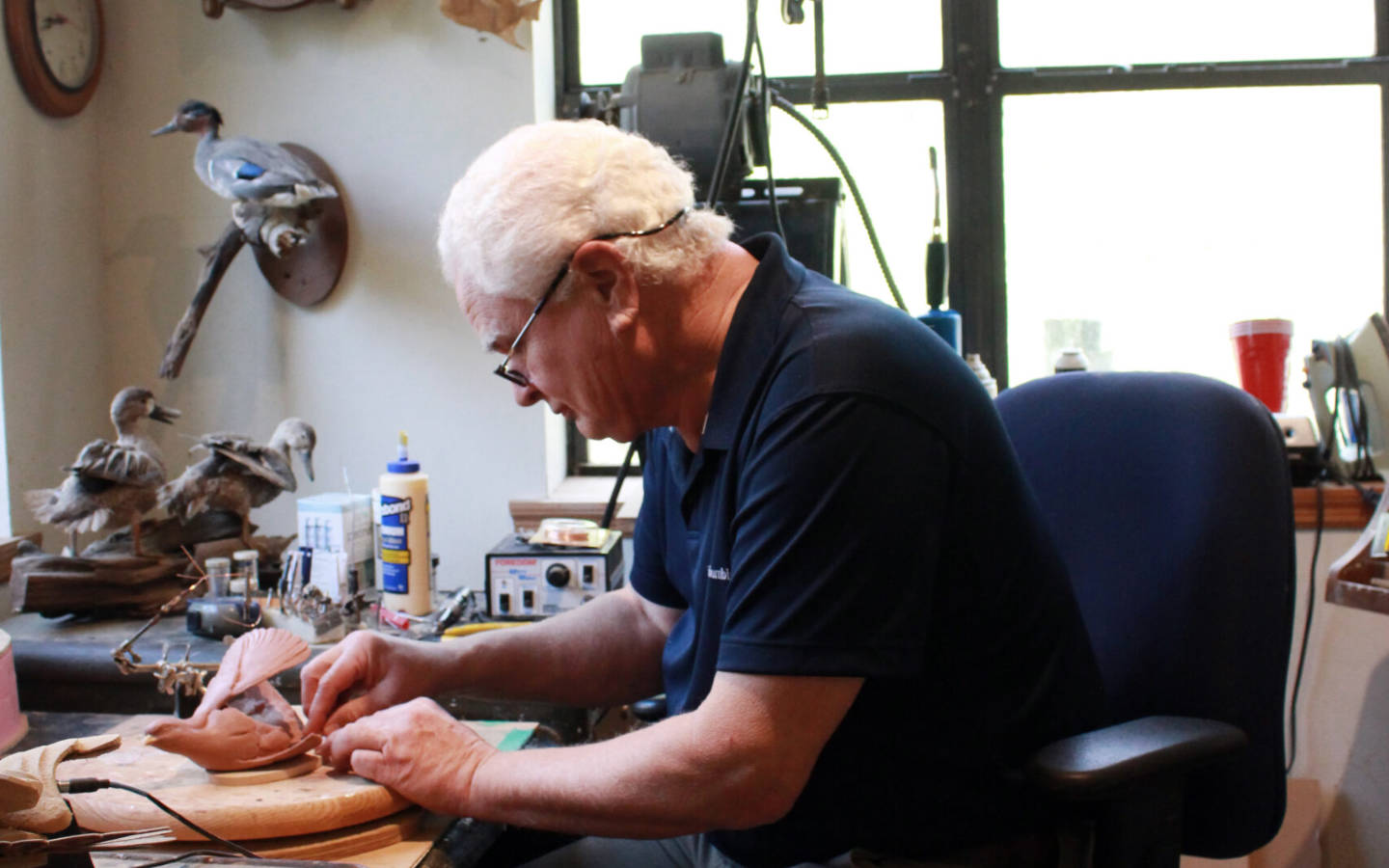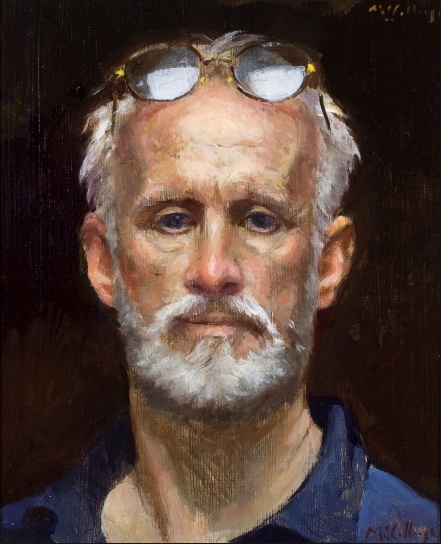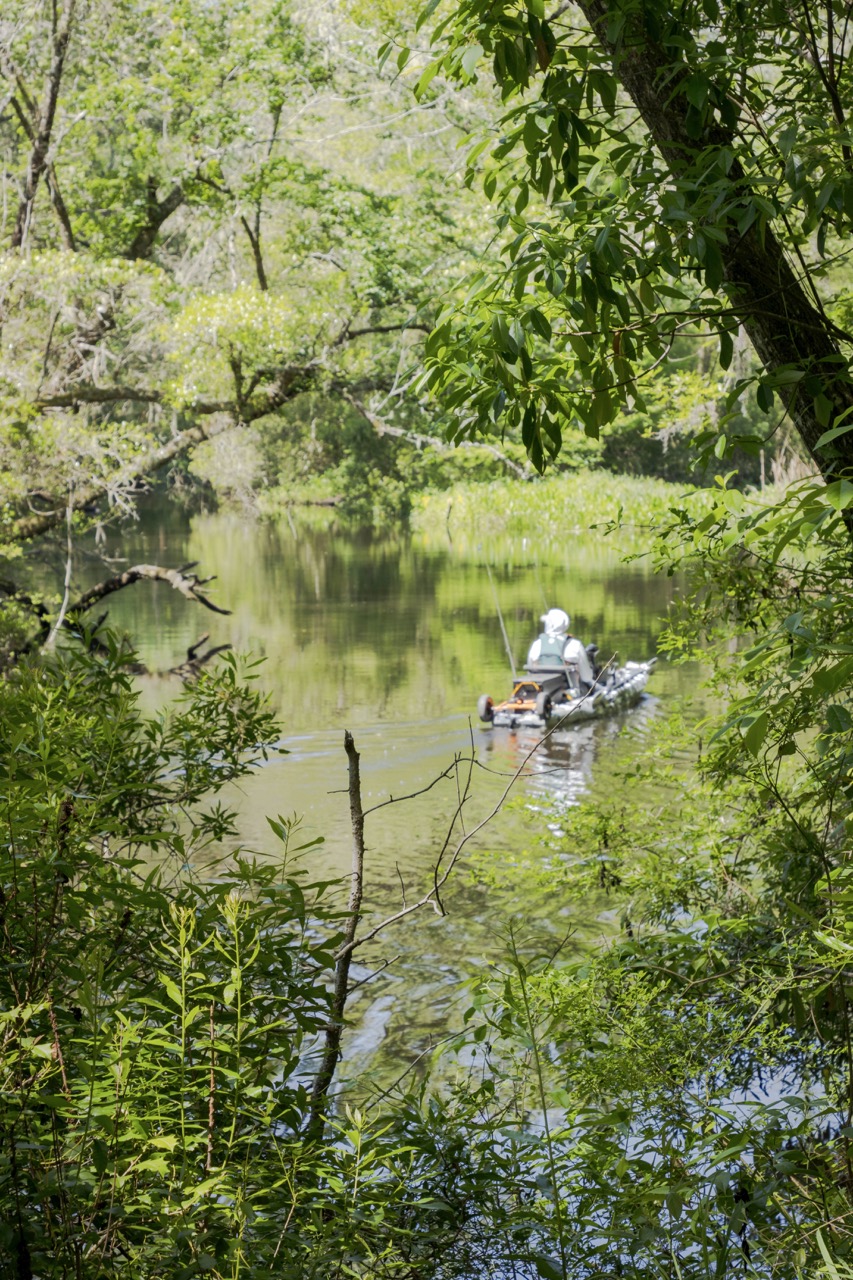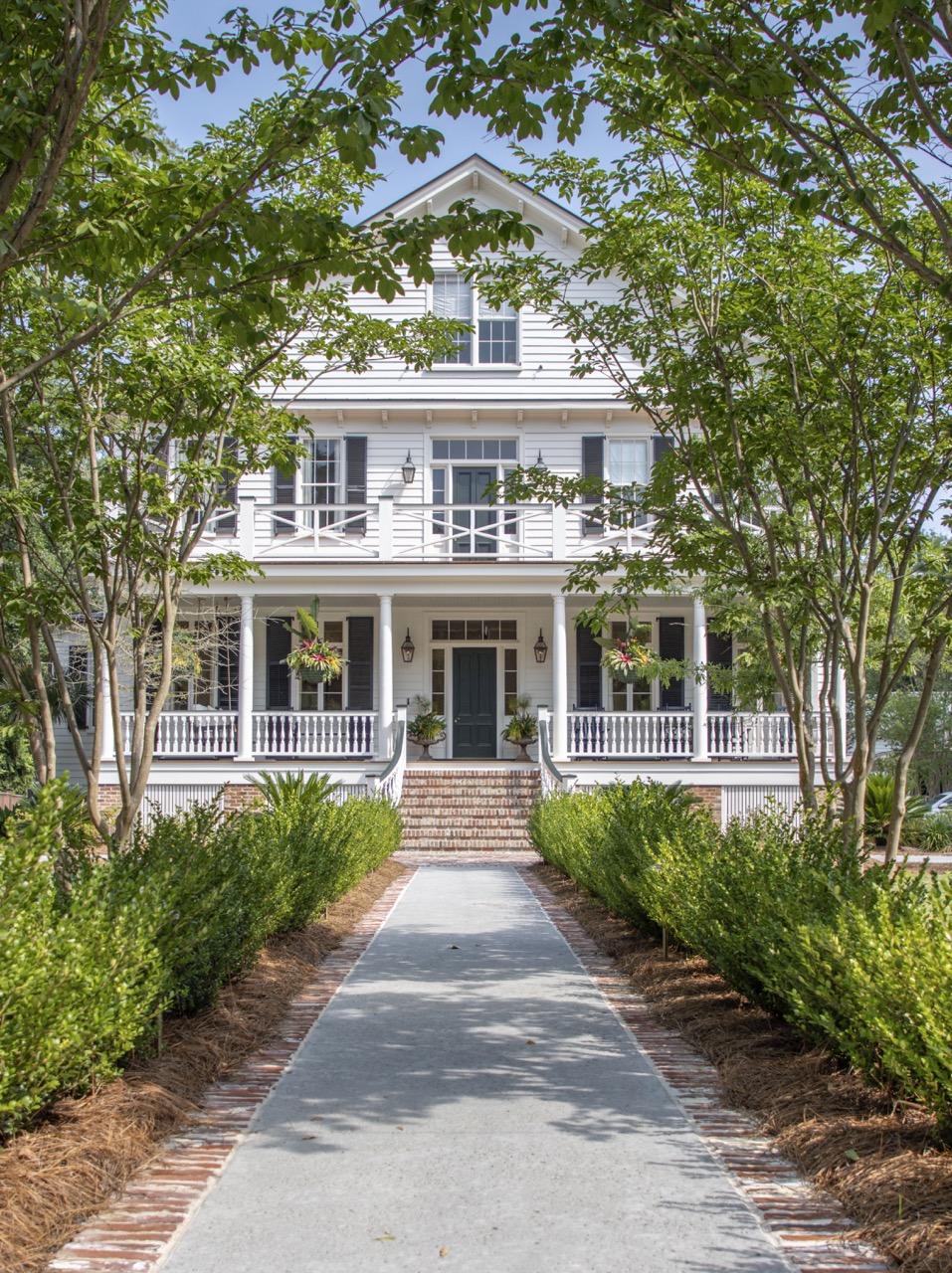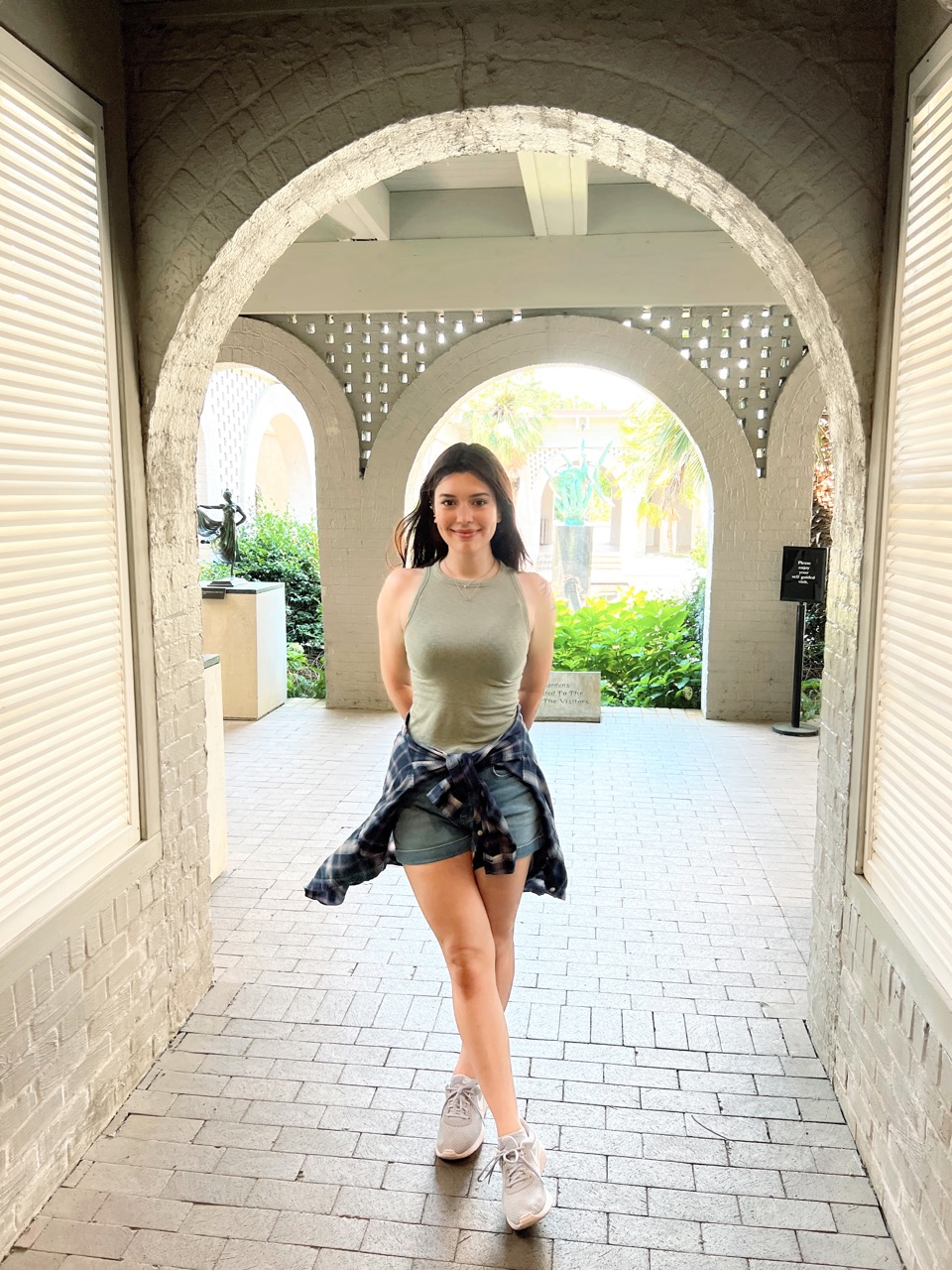Robert Hortman’s wood and bronze sculptures capture the Lowcountry’s bird species in uncluttered form highlighting the rich diversity of South Carolina’s wildlife.
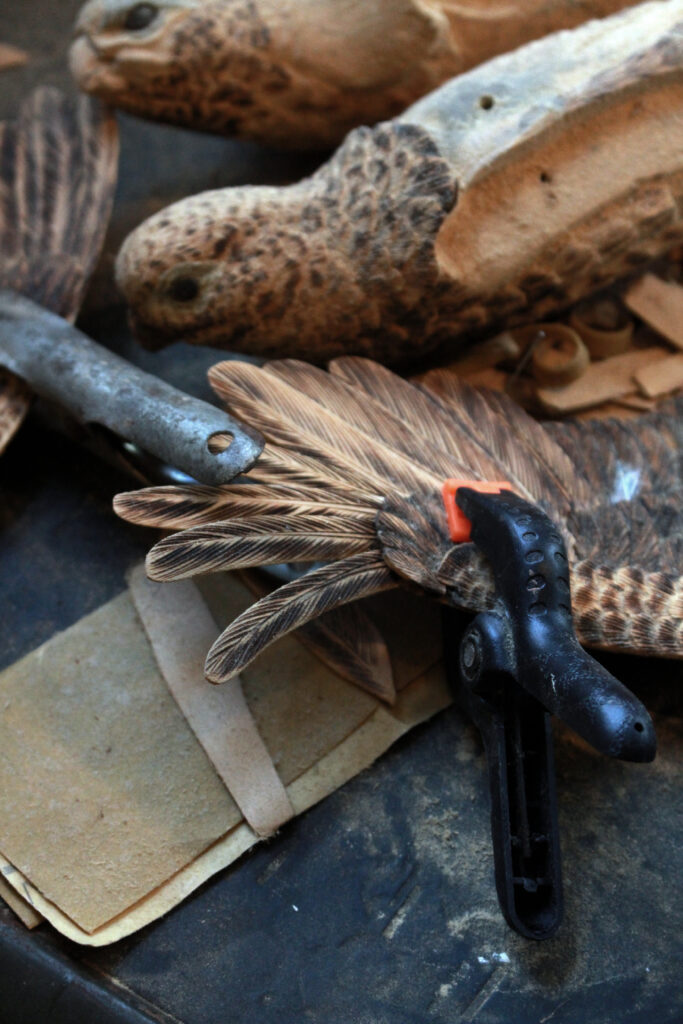
The experiences and people we meet can have a profound impact on our lives. As we mature, the recollections of our early years fade. However, some linger, and in hindsight we wonder if perhaps these encounters were glimpses of our destiny. Fortuitously foreshadowing a path that we may traverse. Wildlife artist and sculptor Robert Hortman, remembers such an event, flying with his uncle, a pilot, to deliver exotic birds from South America to an American figurative expressionist sculptor, Edward Marshall Boehm, in Princeton, New Jersey. The majestic memory of the birds being released into the aviary still resonates with him.
Not long after that trip, Hortman’s family moved to Summerville. He recounts, “I thought I’d died and gone to Heaven. Every chance I had, I rode my bike to fish at Bacon’s Bridge or Jenkins Pond. In nature, I felt at home, a sense of place. I shot my first wood duck on the banks of the Edisto River. I wanted to have my bird mounted so I took a correspondence course in taxidermy offered by Field and Stream Magazine. Throughout high school, I was in the taxidermy business; played football for John McKissick, earned a scholarship at Presbyterian College, met my future wife, and moved back to Summerville.”
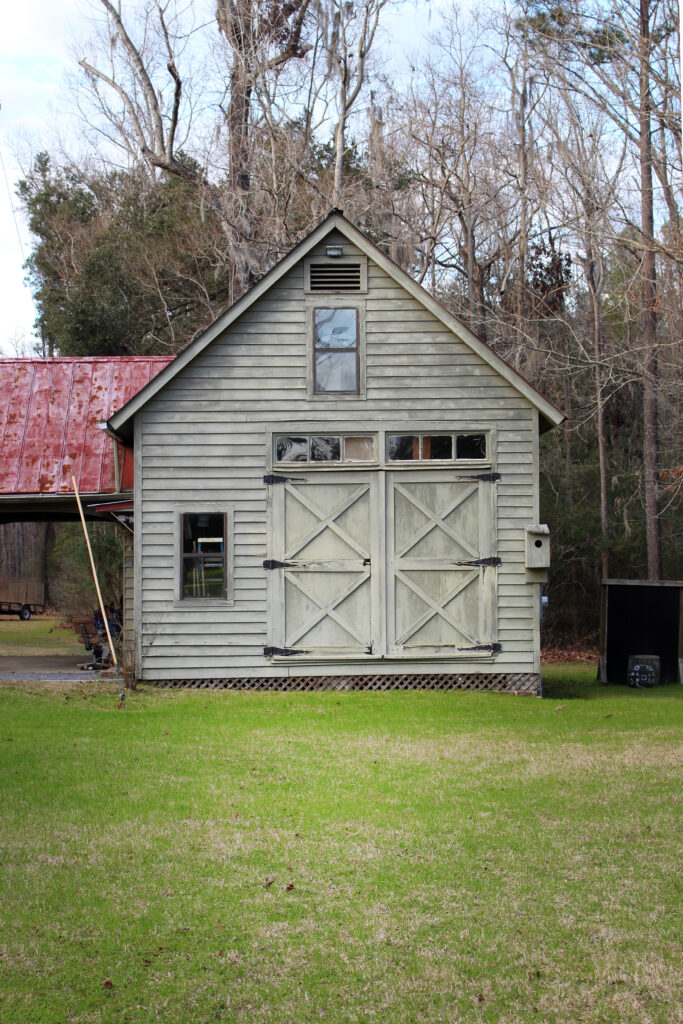
Once home, Coy Johnston, a land manager for Westvaco, hired Hortman to be Bonneau Ferry’s taxidermist. Horton was intrigued by Johnston’s job: both managing Westvaco’s property and entertaining their clients on hunting and fishing expeditions. Through his friendship with Johnston, he learned William Baldwin Sr., the natural resource manager for Medway Plantation, would be retiring. In 1978, Hortman was hired by Medway’s owner, socialite, big game hunter and a patron of the arts, Gertrude Sandford Legendre.
For forty-four years Horton humbly witnessed the interplay between nature and wildlife on the 6,728 acres that encompasses Medway; met conservationists, environmentalists, and artists whose love of nature he shared. Through Legendre, he became friends with accomplished wildlife sculptor Grainger McKoy. McKoy’s work encouraged and inspired Horton to elevate his taxidermy into artistic expression.
Through his own resolve, research, and practice, along with the collective resources of others, Hortman learned to express the sublime beauty and dynamic behavior of birds in carved wood or cast in bronze sculptures.
Using his knowledge of animal physiology, he balances his sculptures to scale, then intricately carves both the diminutive and dominant features of each bird species, one segment at a time. Once completed, his work, meticulously painted or highlighted in bronze patinas, satisfy mother nature’s intent. His minimalistic sculptures focus on the species rather than the habitat. Creating an unencumbered symbiosis between art and the observer. His work gives pause and appreciation for the diversity of South Carolina’s avian inhabitants.
Author William “Billy” Baldwin, shares, “There’s something about the Carolina Lowcountry and especially about Medway Plantation, something in the air that nourishes a love of beauty and commitment to nature’s preservation. My naturalist father, William P. Baldwin, and Bob Hortman are testimony to this resolve. Bob’s bird carvings are astonishing in their ability to capture what we should all hold dear—the wilderness, the wildlife and being in nature.”
A true connoisseur of the land, Hortman’s sculptures are a representation of his heart, a tribute to the wonders of wildlife and Lowcountry’s remarkable natural resources. AM
His works are available through private showings and commission. For more information contact 843.860.1445

